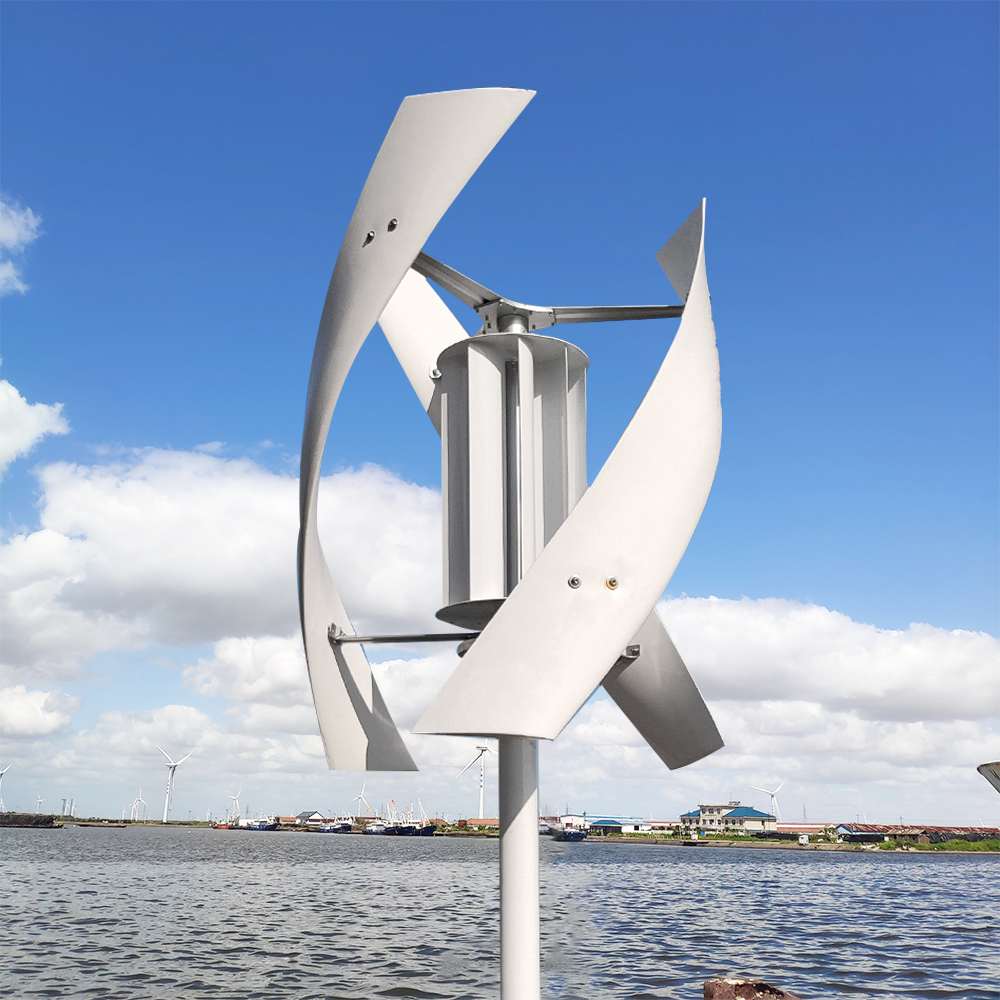Email format error
Email cannot be empty
Email already exists
6-20 characters(letters plus numbers only)
The password is inconsistent
Email format error
Email cannot be empty
Email does not exist
6-20 characters(letters plus numbers only)
The password is inconsistent


Optimising the Performance of Low RPM Permanent Magnet Generators Through Control Systems
Optimising the Performance of Low RPM Permanent Magnet Generators Through Control Systems
Introduction
Low-RPM permanent magnet generators play a crucial role in various renewable energy systems, such as micro-hydro, wind, and solar power. To maximise their efficiency and performance, it is essential to optimise their control systems. In this blog post, we will explore the different strategies and techniques used to enhance the performance of low-RPM permanent magnet generators through control systems.
Understanding the Control System
The control system of a low-RPM permanent magnet generator consists of various components, including sensors, power electronics, and a controller. It is responsible for regulating the generator’s speed, voltage, and power output. Understanding the control system’s architecture and its interaction with the generator is the first step towards optimisation.

Sensor Selection and Calibration
Accurate sensor measurements are crucial for effective control system optimization. Choosing the right sensors and calibrating them properly ensures precise monitoring of generator parameters such as speed, voltage, and current. This information is essential for the control system to make accurate decisions and adjustments.
Feedback Control Techniques
Feedback control techniques, such as proportional-integral-derivative (PID) control, are commonly used to optimise the performance of low-RPM permanent magnet generators. By continuously comparing the desired and actual generator parameters, the control system can adjust the generator’s operating conditions to achieve optimal performance.
Maximum Power Point Tracking (MPPT)
In renewable energy systems, MPPT algorithms are employed to extract the maximum power from the generator. These algorithms continuously track the generator’s operating point and adjust the load to ensure maximum power transfer. Implementing efficient MPPT algorithms in the control system can significantly enhance the generator’s performance.
Voltage and Frequency Regulation
Maintaining a stable voltage and frequency output is crucial for the proper functioning of electrical loads connected to the generator. The control system should be capable of regulating the generator’s voltage and frequency within acceptable limits, even under varying load conditions.
Fault Detection and Protection
To ensure the longevity and reliability of the generator, the control system should incorporate fault detection and protection mechanisms. These mechanisms can detect abnormal operating conditions, such as overvoltage, overcurrent, or overheating, and take appropriate actions to protect the generator from damage.
Communication and Monitoring
Integrating communication capabilities into the control system allows for remote monitoring and control of the generator. Real-time monitoring of generator parameters and performance data enables operators to identify potential issues and optimise the system’s overall performance.

Conclusion
Optimising the performance of low-RPM permanent magnet generators through control systems is crucial for maximising their efficiency and reliability. By selecting appropriate sensors, implementing feedback control techniques, employing MPPT algorithms, and ensuring fault detection and protection, the control system can enhance the generator’s performance and contribute to the overall success of renewable energy systems. Continuous research and development in control system optimisation will further advance the capabilities of low-RPM permanent magnet generators, making them an even more viable and sustainable energy solution for the future.

